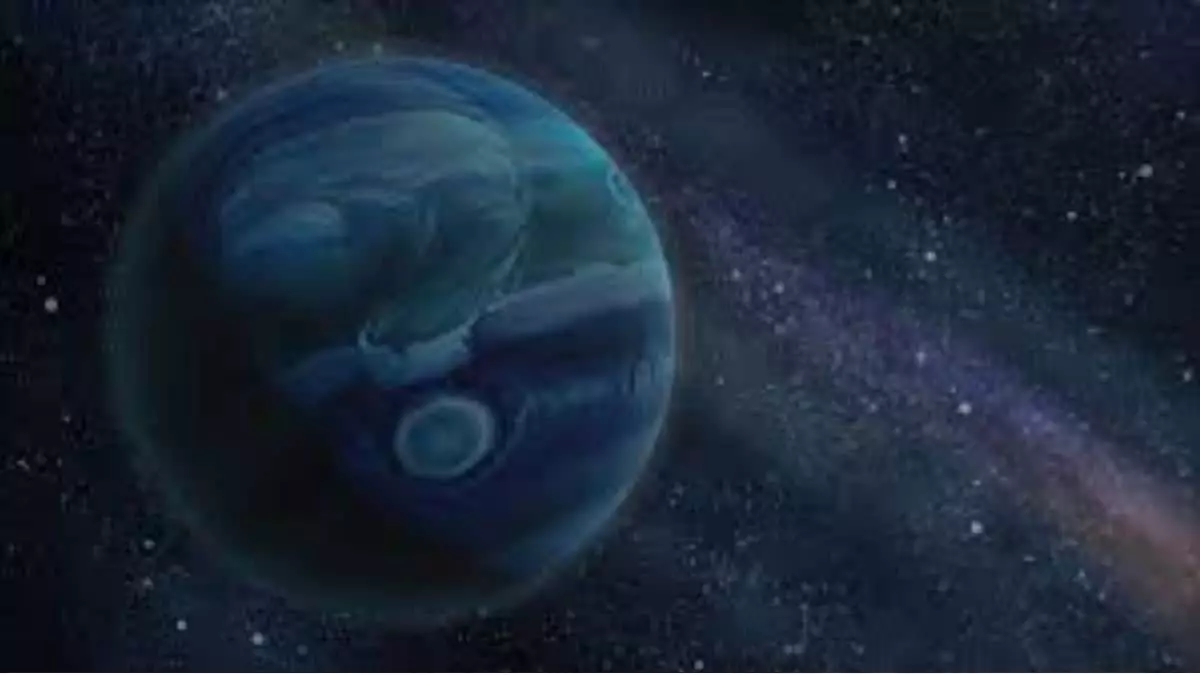For nearly a century, the possibility of a clandestine planetary presence lurking in the far reaches of our solar system has ignited both curiosity and skepticism. Initially dubbed “Planet X,” this elusive body was theorized solely to explain anomalies detected in Uranus’s orbit. Yet, as scientific understanding advanced and precision improved, these irregularities simply dissolved when Neptune’s mass was reassessed—rendering the hypothesis largely defunct. Still, in the late 2010s, the idea was resurrected with renewed fervor, fueled by peculiar orbital patterns among Kuiper Belt objects. The proponents claimed that a massive, unseen planet was exerting gravitational influence, subtly tugging these distant objects into unexpected paths. This compelling narrative, however, is more a testament to human ingenuity than concrete evidence.
The Allure vs. Scientific Skepticism
The case for Planet Nine relies heavily on indirect observations—faint clues cobbled together through statistical patterns rather than definitive detection. While the observed behavior of distant objects presents an intriguing puzzle, dismissing alternative explanations outright is premature. Critics argue that such orbital anomalies could be illusions born from observational bias or limited data, rather than proof of a hidden behemoth. The notion that an unobserved planet several times Earth’s size orbits 500 astronomical units away from the Sun is enticing but remains unproven. Some experts even posit that instead of a planet, what we’re witnessing might be the aftermath of a colossal debris ring or remnants of early solar system chaos—more plausible given current technological limitations.
Why the Belief Persists Despite Flaws
Yet, those invested in the Planet Nine hypothesis dismiss skepticism as mere cautiousness. The advocates, including prominent astronomers like Mike Brown, argue that no other explanation aligns as neatly with the observed orbital dynamics. They contend that the gravitational force needed to shape the distant objects’ orbits is simply too significant to be explained away by mere chance. Their confidence, however, is based on pattern recognition amid scarce data—an approach that can be intellectually seductive but scientifically risky. It reveals a hopeful human tendency: to find order where chaos seems to reign. But Tantalizing as the idea is, the absence of direct observation invites caution. The truth could be more nuanced, perhaps involving unknown astrophysical phenomena or the limits of current measurement techniques.
The debate over Planet Nine epitomizes the tension inherent in scientific discovery—an interplay between imagination and evidence, hypothesis and proof. While proponents believe they are on the cusp of uncovering a hidden world, critics rightly warn against jumping to conclusions based on insufficient data. The allure of a vast, unseen planet captivates our imagination and expands the boundaries of what we consider possible, but ultimately, science demands more tangible proof. Until then, the true nature of that distant, shadowy region remains an open question, a tantalizing mystery fueled more by human curiosity than by confirmed facts.


Leave a Reply